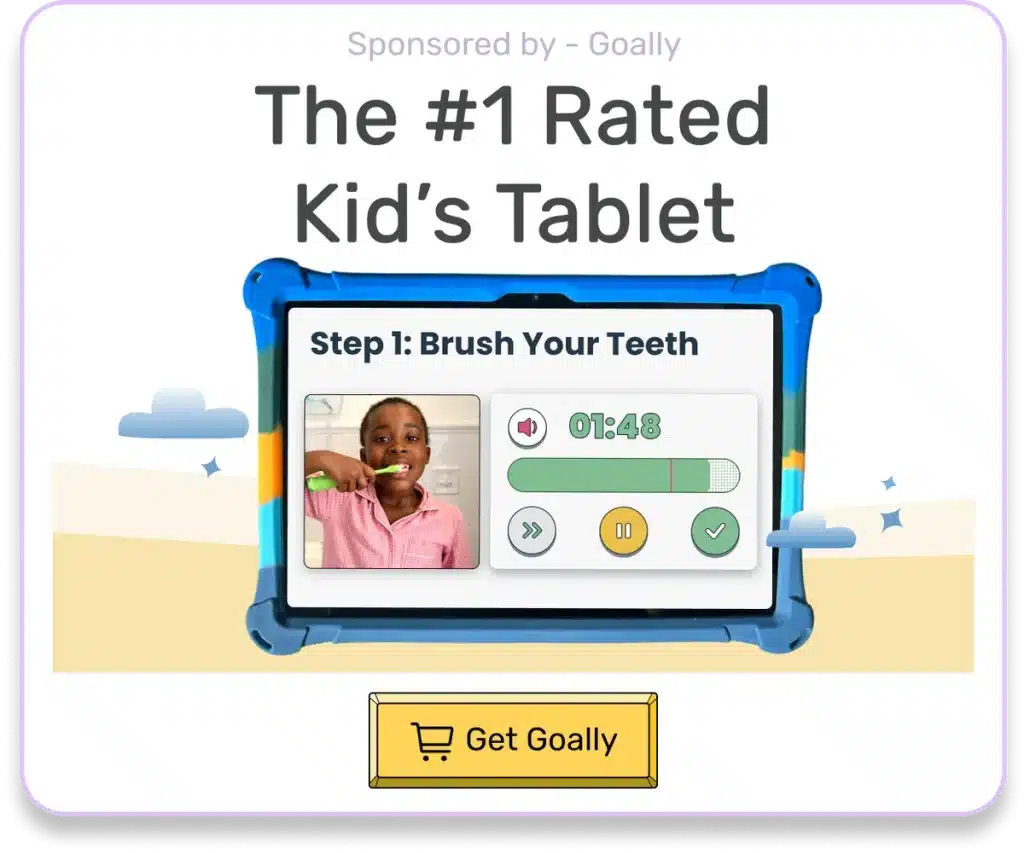As a parent, you might find yourself navigating the maze of ADHD hypersensitivity. Fear not, for this guide is here to help. We’ll look into the world of hypersensitivity in neurodivergent kids, equipping you with practical tips and strategies to support your child’s unique needs. From understanding the signs to implementing effective coping mechanisms, we’ve got your back.
Table of Contents
Understanding ADHD Hypersensitivity: The Basics
ADHD hypersensitivity, or sensory processing sensitivity, is a common trait among neurodivergent kids. It refers to their heightened sensitivity to external stimuli, such as sounds, textures, and even emotions. In other words, these kids experience the world more intensely than their neurotypical peers. Let’s break down the main areas of hypersensitivity:
- Auditory: Heightened sensitivity to sounds, making it difficult to filter out background noise.
- Tactile: Increased sensitivity to touch, leading to discomfort with certain textures or clothing.
- Visual: Sensitivity to bright lights or visually stimulating environments.
- Emotional: Heightened empathy and emotional sensitivity, making it challenging to cope with strong emotions.

Recognizing the Signs of ADHD Hypersensitivity
To better support your child, it’s essential to recognize the signs of ADHD hypersensitivity. Here are some common indicators:
- Easily overwhelmed in noisy or crowded environments
- Preference for soft, comfortable clothing
- Discomfort with bright lights or visually busy spaces
- Strong emotional reactions to situations or the emotions of others
By understanding these signs, you can better anticipate your child’s needs and provide the necessary support to help them thrive.

Read more: ADHD Hypersensitivity Test
Strategies for Supporting Kids with ADHD Hypersensitivity
Now that we’ve identified the signs let’s explore some practical strategies to help your child navigate their hypersensitivity:
- Create a sensory-friendly environment: Reduce sensory overload by minimizing clutter, using soft lighting, and providing quiet spaces for relaxation.
- Encourage the use of headphones: Noise-cancelling headphones can help your child filter out background noise and focus on essential tasks.
- Choose comfortable clothing: Opt for soft, tag-free clothing to minimize tactile discomfort.
- Teach emotional regulation techniques: Equip your child with tools to manage their emotions, such as deep breathing exercises or mindfulness practices.
- Foster open communication: Encourage your child to express their feelings and needs and validate their experiences.
- Collaborate with educators: Work with your child’s teachers to create a supportive learning environment that accommodates their hypersensitivity.
- Seek professional support: A therapist or occupational therapist can provide tailored strategies and interventions to help your child manage their hypersensitivity.
Implementing these strategies can make a significant difference in your child’s life. For example, a sensory-friendly environment at home can help them unwind after a long day at school. Similarly, Goally’s learning tablet can provide a structured and supportive learning experience for kids with ADHD hypersensitivity.

Read more: Hypersensitivity to Touch
Working with Goally to Support Your Child
Goally offers a range of tools and resources designed to support neurodivergent kids, including those with ADHD hypersensitivity. Their learning tablet provides a structured and engaging learning experience tailored to your child’s unique needs. With Goally, you can:
- Set goals and track progress
- Access a library of educational content
- Receive personalized support and guidance
By incorporating Goally into your child’s daily routine, you can help them build essential skills and confidence in a supportive and engaging environment.
Try Goally For Your Child With ADHD
Goally helps kids with ADHD stay focused and build skills. Unlike a Kindle or an iPad that kids get easily distracted on, Goally has no YouTube, no social media, no web browser, and especially no ads.
Goally uses game play as a points-based motivator for your kiddo with ADHD and helps them learn emotional regulation skills. It’s simple to set up and has an expert-informed design.

Understanding and addressing ADHD hypersensitivity is crucial for supporting your child’s well-being and success. By recognizing the signs and implementing practical strategies, you can help your neurodivergent child thrive in a world that may sometimes feel overwhelming. Remember, you’re not alone in this journey, and with the right tools and resources, like Goally, you can make a significant difference in your child’s life.
FAQ’s About ADHD Hypersensitivity
What is ADHD hypersensitivity in children? ADHD hypersensitivity in children involves an intense response to sensory stimuli, such as sounds, lights, or textures, which can be overwhelming. How can visual schedules help children with ADHD hypersensitivity? Visual schedules offer a predictable routine, reducing sensory surprises and helping children with ADHD hypersensitivity feel more comfortable. Are there specific emotional regulation apps suitable for children with ADHD hypersensitivity? Yes, apps like "EmoSense" and "Feelu" can assist children in recognizing and managing their emotions, especially if they have hypersensitivity. Why are rewards beneficial for children with ADHD hypersensitivity? Rewards provide positive reinforcement, motivating children with ADHD hypersensitivity to adapt to sensory challenges and stay on task.
This post was originally published on 05/18/2023. It was updated on 10/26/2023.

Goally
We help parents teach their kids life skills, like doing bedtime and morning independently. Backed by science, we incorporate evidence-based practices and expert-informed designs in all of our apps and content.






